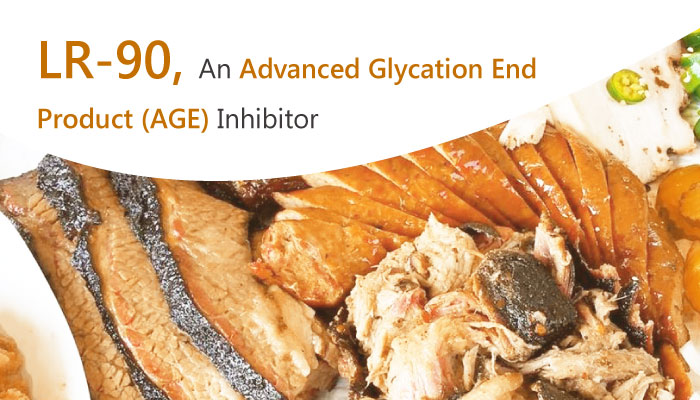As is known, AGEs (Advanced glycation end products) are common ligands of RAGE. They play important role in diabetes complications, such as atherosclerosis, which is related to monocyte activation, adhesion, and migration. Previous researches demonstrated that both AGEs and S100b produced effective inflammatory responses through RAGE. LR-90, a potent AGE inhibitor, is effective in diabetic animal model. Thus, it becomes a hotspot whether LR-90 is active in the inflammatory response.

A series of studies are carried out. In cellular assay, they chose LR-90 to act on monocytes. The cells are stimulated with S100b, to induce RAGE expression. S100b also causes monocytes adhesion to human umbilical vein endothelial cell. LR-90 is treated 1 hour before S100b addition.
The result is satisfying.
Firstly, LR-90 significantly inhibits mRNA expression of RAGE and proinflammatory genes (MCP-1, COX-2, and IP-10). The assays are examined by RT-PCR.
Secondly, LR-90 blocks expression of MCP-1 mRNA and protein.
Moreover, LR-90 inhibits NOX2 activation, NF-κB activation and oxidant stress induced by S100b.
Finally, LR-90 suppresses binding of THP-1 monocytes to HUVECs induced by S100b.
The result shows that LR-90 has significant anti-inflammatory activity on monocytes stimulated by S100b. However, the mechanism of LR-90 acted on monocytes remains to be seen. Because the study can’t tell us whether the AGE inhibitor directly acts on RAGE or competes with the ligands of the receptor.
Fortunately, the result showed that the compound inhibited NF-κB activation. NF-κB activation is induced by non-RAGE ligand TNF-α. It may be possible that LR-90 acts by regulating NF-κB signaling pathway.
In summary, LR-90 is a potent AGE inhibitor, possess anti-inflammatory activity. More studies need to be done to prove its bioactivity.
Reference:
Diabetes. 2007 Mar;56(3):647-55.